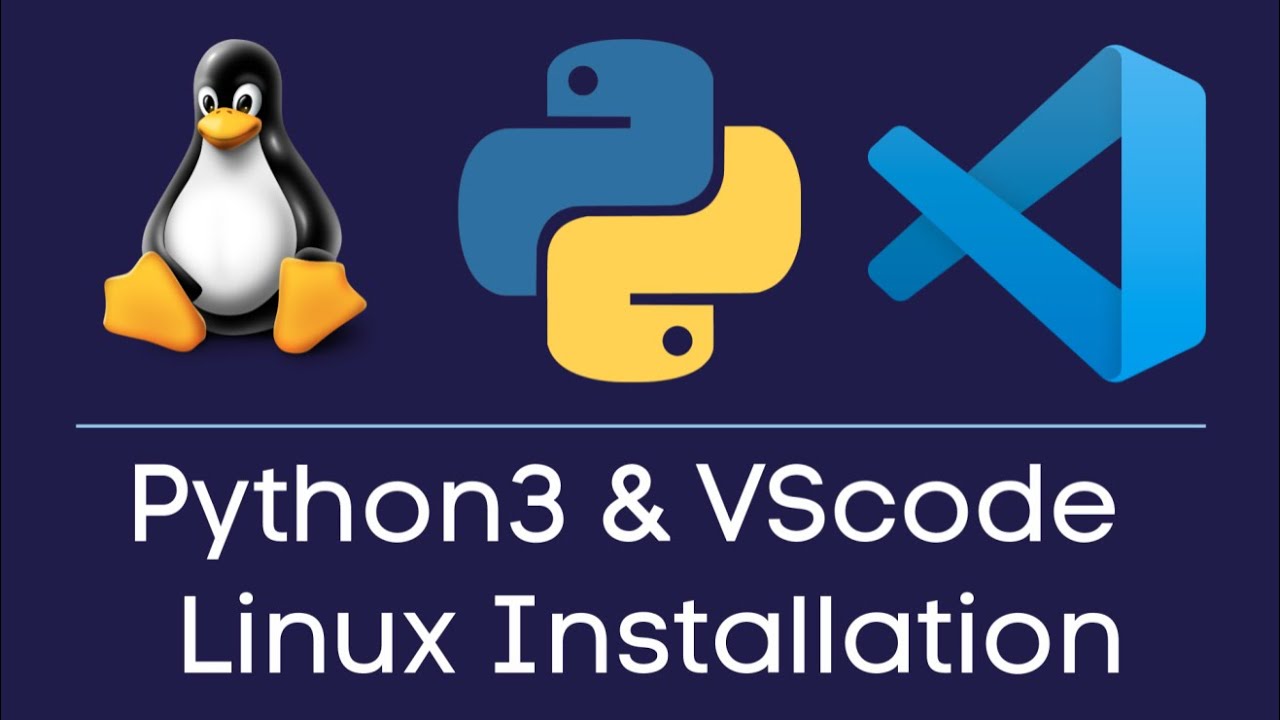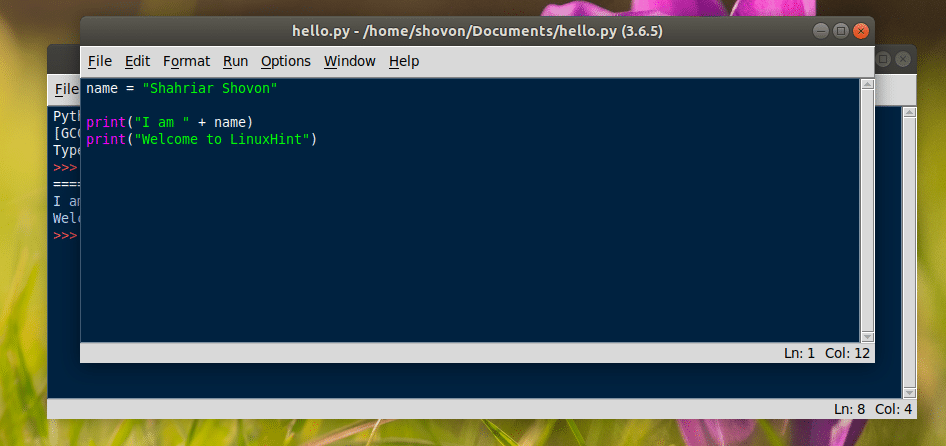

Installing or updating Python on your computer is the first step to becoming a Python programmer. Watch it together with the written tutorial to deepen your understanding: Python Basics: Setting Up Python We have also gone through a practical example on how to install a package and run a script inside the virtual environment.Watch Now This tutorial has a related video course created by the Real Python team. Through this article, you learned how to properly create a virtual environment for your Python 3 projects on Ubuntu 22.04. The above command won't remove my_env_project directory, simply use rm command to delete it. To delete a virtual environment run the following command: (my_env_project) :~$ deactivate To exit from virtual environment use exit or Ctrl+d command. The script is being executed inside the virtual environment called named my_env_project.

To execute the script, type: (my_env_project) :~$ python script.py (my_env_project) :~$ sudo vi script.py Output We can create python script and run from inside python 3 virtual environment. To exit from the interpreter, type: > quit() Let's test a math function, type: > import math > print(math.sqrt(16)) (my_env_project) :~/my_env_project$ python Set include-system-site-packages to true in pyvenv.cfg file.Įvery time you install a new package inside your virtual environment, you should be able to import it into your project. User site-packages are not visible in this virtualenv." "ERROR: Can not perform a '-user' install. To install a package inside the virtual environment, for example I am installing NumPy package: (my_env_project) :~$ pip install numpy -user

Type "help", "copyright", "credits" or "license" for more information. Run python command inside virtual environment to open the interpreter: (my_env_project) :~$ python Output You can now activate the virtual environment, type: source my_env_project/bin/activateĬommand prompt would change to your environment and will look as shown: (my_env_project) :~$ Verify Virtual Environment The above command creates a directory named 'my_env_project' in the current directory, which contains pip, interpreter, scripts, and libraries. Now, to create a virtual environment, type: python3 -m venv my_env_project Let's first install venv package using the following command: apt install python3-venv The venv package is available in Ubuntu repository. Venv command is used in Python to create the virtual environment. Apt install python3-pip Create virtual environment for python 3


 0 kommentar(er)
0 kommentar(er)
